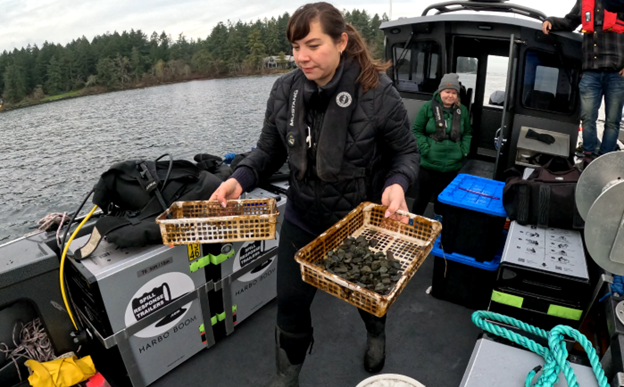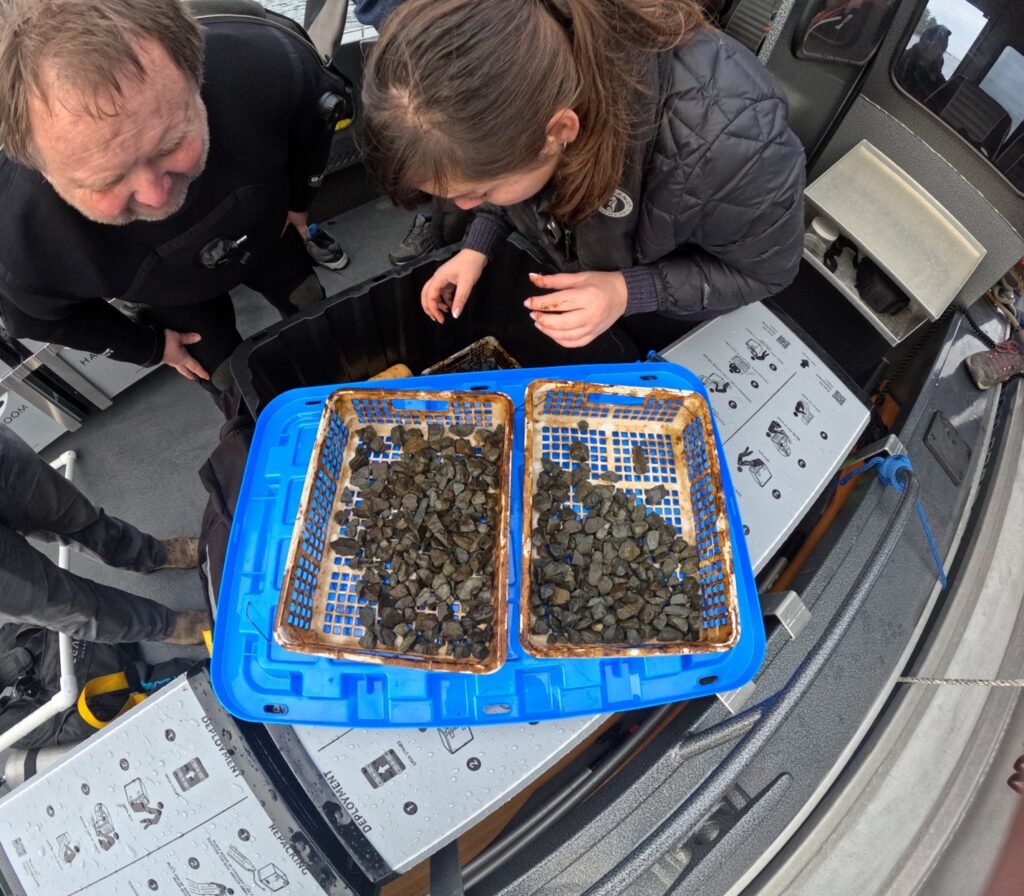The Kelp Restoration Project, led by the Snuneymuxw First Nation, leverages traditional knowledge to rejuvenate critical kelp beds, particularly bull kelp and sugar kelp. This significant initiative is part of the Green Gravel Program.
Samples were meticulously collected from various locations, including False Narrows and the broader traditional territory. These samples are grown in a controlled laboratory environment, with the goal of transplanting the cultivated kelp back into the territory to restore the once thriving kelp beds and revitalize the marine habitat.
The nation has also sent kelp samples for DNA analysis in a dual-pronged approach. This scientific endeavour seeks to provide a deeper understanding of climate change and ocean acidification, factors that directly impact the health and quality of kelp. Fortified with this knowledge, the Nation aims to enhance the quality of kelp, ensuring its resilience and thriving presence in the marine environment.
The Kelp Restoration Project transcends ecological concerns, intertwining with broader environmental health and preserving vital salmon populations. Kelp beds are crucial habitats for various marine and serve as hiding places for migrating adult salmon. These underwater havens offer protection from predators, allowing the salmon to rear as they prepare to enter rivers for spawning.
The urgency of the project is underscored by the significant decline in Chum Salmon populations within the traditional territory. From over 100,000, the numbers have dwindled to a critical 22,500, placing Chum Salmon on the brink of being listed as endangered. This decline directly threatens the region’s food security and the cultural significance of salmon for the First Nation people.
The Kelp Restoration Project holds broader implications for those outside the nation, especially in preserving vital salmon populations. Recognizing the interconnectedness of ecosystems, the project seeks to address the larger goal of safeguarding marine biodiversity.
In essence, the Kelp Restoration Project is not just about reviving kelp beds; it’s a comprehensive strategy that intertwines traditional knowledge with scientific advancements, aiming to protect critical marine habitats, bolster salmon populations, and secure the food security and cultural heritage of the first nation people.


